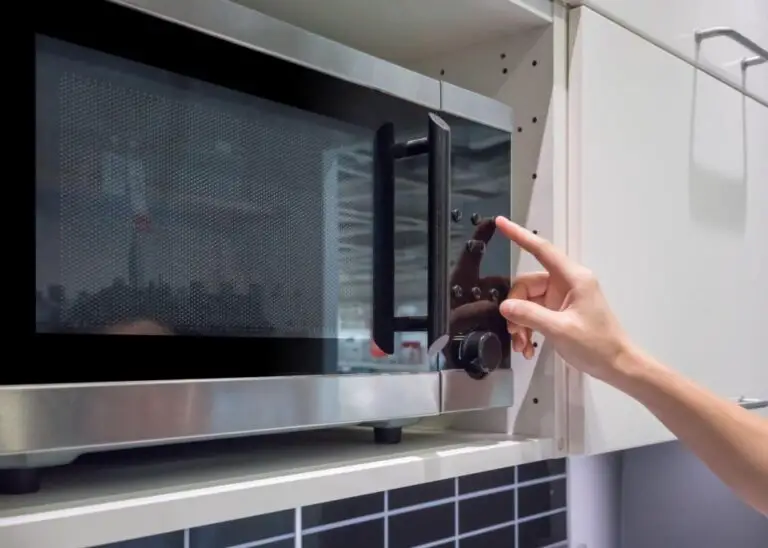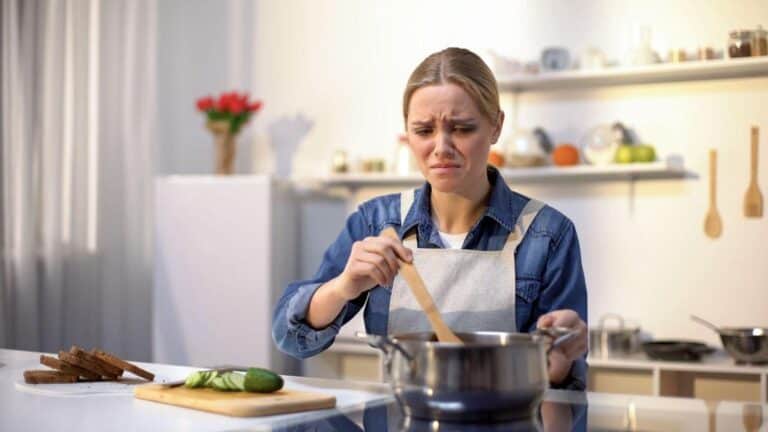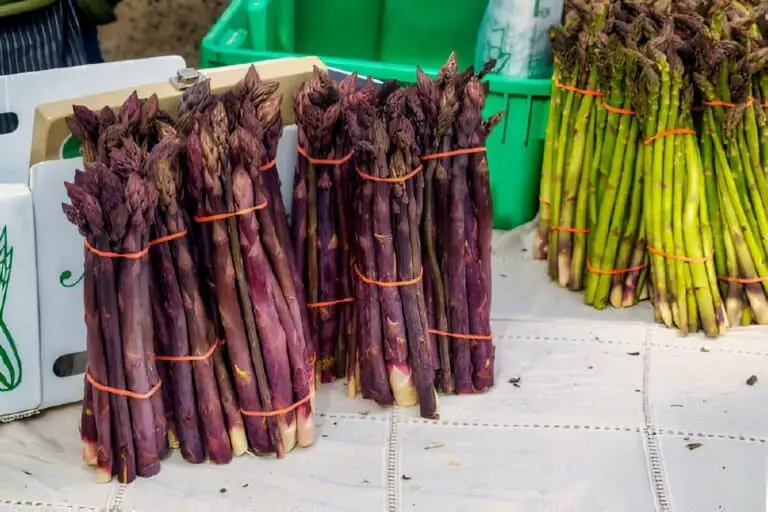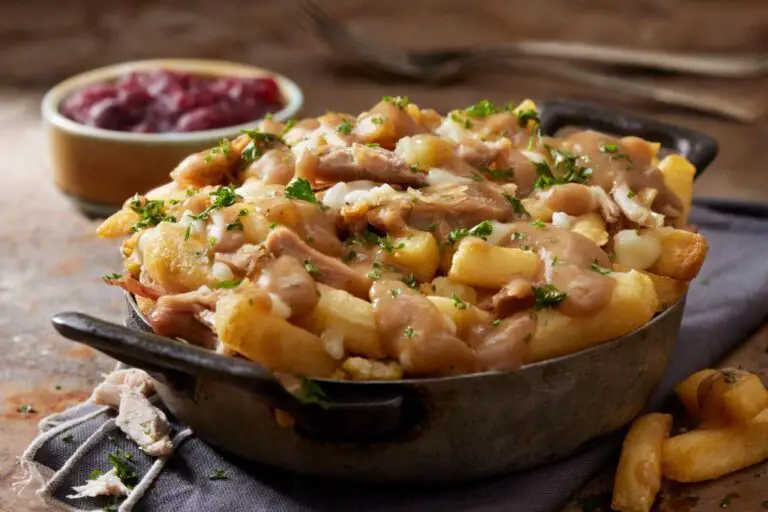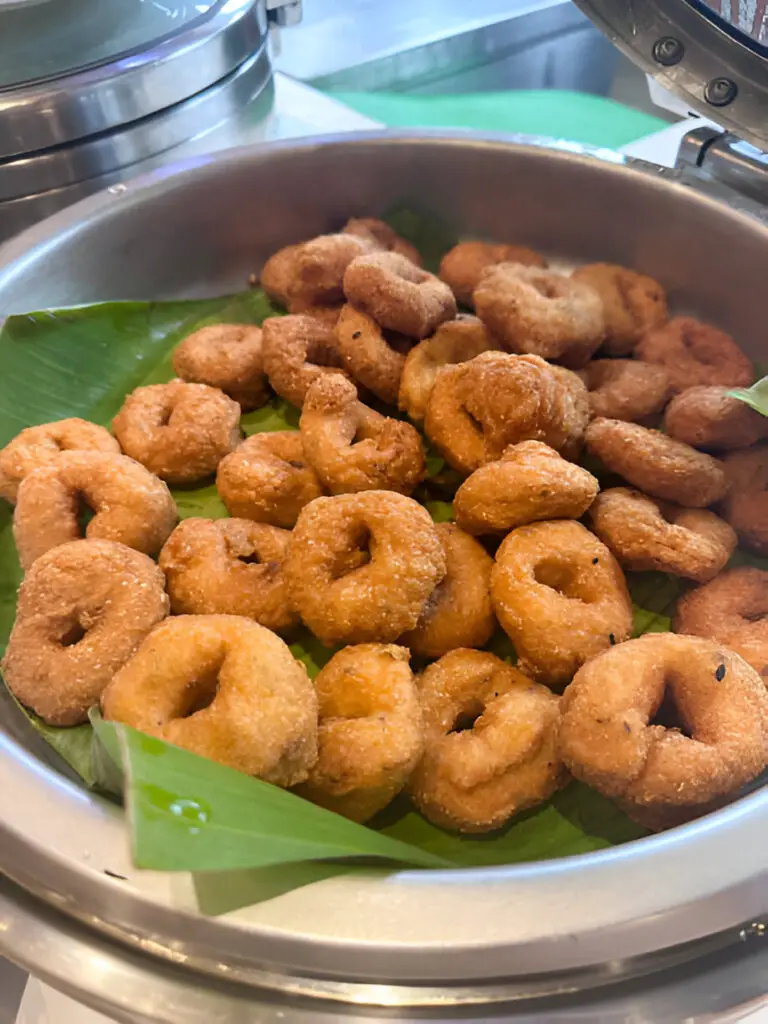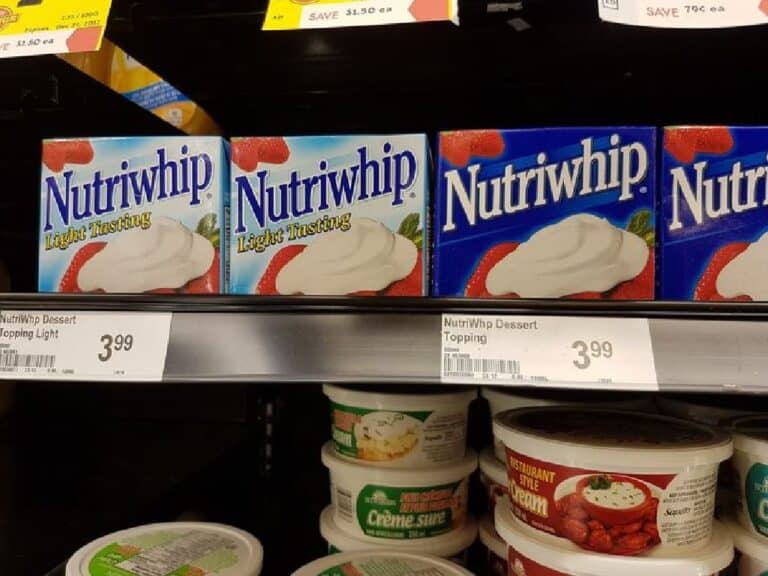Are Canned Beans Pressure Cooked? Does It Remove Lectins From Beans?
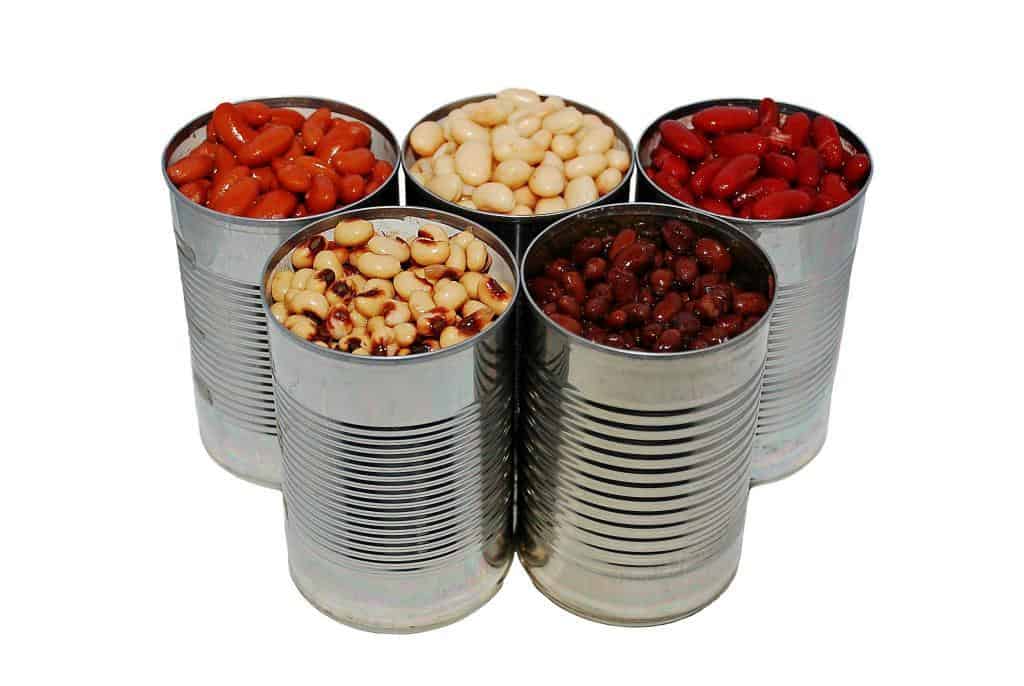
Canned beans are a cheap and easy way to get protein, so people who are trying to save money are choosing them more and more.
They are also quick and simple to prepare, which is another appeal for busy people. In addition, canned beans are a versatile ingredient that can be used in a variety of dishes.
As more people learn about the benefits of canned beans, they are likely to become even more popular.
Pressure cooking can remove lectins from beans, making them more digestible and nutritious. While some people worry about the safety of pressure cooking, it is a safe and effective way to cook beans.
In this article, when we talk about canned beans, we mean plain cooked beans in a can, not baked beans or other prepared beans in a can.
How Canned Beans Prepared and Cooked?
Black beans, pinto beans, chickpeas, and navy beans are among the varieties that Americans frequently eat. Canned beans are a staple in many American diets, but have you ever wondered how they are made? The process is actually quite fascinating.
- First, the beans are picked by hand and sorted by size. They are then rinsed and soaked overnight in water.
- The next day, they are blanched and cooked in large vats until they are soft.
- Other brands use a method of cooking inside the cans at a high temperature in a pressure cooker.
- Once the beans are cooked, they are sent through a conveyor belt where they are canned and sealed.
- The cans are then sterilized in a hot water bath.
- Then, they are cooled and shipped off to grocery stores all over the country.
Are Commercially Canned Beans Pressure Cooked?
Yes, commercially canned beans are pressure-cooked. This is done in order to sterilize the contents of the can and to ensure that canned beans are cooked through. Pressure cooking also helps to preserve the flavor and texture of the beans.
Commercially canned beans typically have a cook time of 10-15 minutes. This is much shorter than the cook time for dried beans, which can take up to 2 hours. Pressure cooking also helps to break down the cellulose in the beans, making them more easily digestible.
The Benefits of Pressure Cooked Beans
When it comes to cooking beans, there are several methods to choose from. While some may opt for the traditional method of simmering them on the stovetop, others might choose to cook them in a pressure cooker. All those methods have their own set of benefits.
Pressure cooking beans is the way to go for those who are short on time. This method cuts down on cook time significantly and also helps preserve more of the nutrients in the beans. In addition, pressure-cooked beans are less likely to end up overcooked and mushy.
Stovetop cooking gives you more control over the cook time, which is ideal if you want your beans to be a bit more al dente. This method also allows for better absorption of flavors from herbs and spices. However, it does require more active cooking time and vigilance to prevent overcooking.
What are Lectins and Why Do You Need to Remove from Canned Beans?
Adding protein and fiber to your diet is easy and doesn’t cost much when you eat canned beans. However, they can also be high in lectins.
| Lectins are a type of protein that can bind to cells in the gut and cause inflammation. They are also found in other foods like wheat, legumes, and nightshade vegetables. |
So, how do you remove lectins from canned beans? The best way is to cook them yourself.
If you’re looking to remove bean lectins from your canned beans and diet, there are a few things you can do.
- First, soak your beans overnight before cooking them. This will help reduce the lectin content. Next, rinse the beans to remove any residual lectins that are found on the surface of beans.
- Wet high-heat cooking methods like boiling or stewing remove 90% of canned bean lectins.
- You can also cook beans in a pressure cooker, which will also help to reduce the lectin content.
- If you don’t have time to cook beans from scratch, look for brands that offer low-lectin or lectin-free options. You can buy pre-cooked beans, which will have the lectins already removed.
Are Canned Beans Healthy and Good for You?
Canned beans are a budget-friendly protein option for busy families. They’re also quick and easy to prepare. But are canned beans as healthy as fresh or dried beans?
Nutrition experts say that canned beans can be just as healthy as other types of beans, as long as you choose low-sodium varieties and rinse them before eating. Rinsing canned beans can remove up to 40% of the sodium.
Potential Downsides of Canned Beans
Canned beans may be a quick and easy way to make a healthy, protein-rich meal, but there are some things to think about.
- Canned beans can be high in sodium, which can increase blood pressure and contribute to cardiovascular disease.
- They can also have BPA, a man-made chemical that has been linked to problems with hormones and reproduction.
- Some research has also shown that canned beans may contain fewer nutrients than their dried counterparts. This is due to the series of manufacturing and chemical processing steps and added preservatives that cause the nutrients to be lost.
So, if you’re looking for a healthier option, cook dried beans at home. You’ll need to soak them overnight, but they’ll be free of added chemicals and salt.
How to Pressure Cooked Can Beans in Your Home?

If you’re looking for a quick and easy way to cook beans at home, pressure cooking is the way to go. Pressure cooking beans helps to retain their nutrients and flavor, while also cutting down on cooking time. Here’s a step-by-step guide on how to pressure cook cans of beans at home:
- Start by soaking the beans overnight. This will help them cook evenly and prevent them from exploding.
- Next, drain the beans and add them to the pressure cooker with fresh water. Be sure to add enough water to cover the beans by at least an inch.
- Start by preheating your pressure cooker. Most pressure cookers have a setting for “beans” or “legumes.” If yours doesn’t have this setting, set it to “High” or “Manual.”
- Once the pressure cooker is preheated, open up the lid and add in your desired amount of beans (one can per person is usually a good amount).
- Add enough water to cover the beans. For most beans, you’ll want to use the minimum amount of water required by your pressure cooker.
- Put the lid back on and lock it into place. Make sure you’ve properly sealed the lid, otherwise your pressure cooker will not build up enough pressure to cook the beans.
- Allow the beans to cook by selecting your desired cook time. For a typical pressure cooker, you’ll want to set it to cook for 40 minutes.
- After 40 minutes, turn off the heat and let the pressure cooker naturally release its steam (the float valve will drop down). If you forgot to turn off the heat, do it now and wait until the float valve drops down.
- Use a kitchen towel or oven mitts to carefully open the lid of your pressure cooker.
- Using a slotted spoon, carefully scoop out the beans and transfer them to a serving bowl. If you like, you can reserve the liquid that was released by the pressure cooker and mix it with some of your favorite spices or condiments for dipping.
Your beans are now ready to eat! You can use them in any recipe that calls for cooked beans, or simply enjoy them as a healthy side dish.
Frequently Asked Questions
Is it safe to consume beans that have been cooked in a pressure cooker?
By reducing phytic acid and lectins, pressure cooking makes grains and legumes easier to digest. By pressure cooking instead of boiling, you can get rid of most of the bad things in grains, seeds, and legumes.
Does pressure cooking destroy nutrition?
According to research, pressure cooking can help retain certain nutrients like vitamin C and B-complex vitamins. However, it can also cause the loss of other nutrients, such as water-soluble vitamins and minerals.
What is better: slow cook or pressure cook?
Slow cookers are ideal for cooking tough cuts of meat, as the long cooking time tenderizes the meat. Pressure cookers, on the other hand, are great for cooking delicate foods like fish and vegetables. They also cook food faster than slow cookers.
So, which one is better? It really depends on what you’re looking to make.

